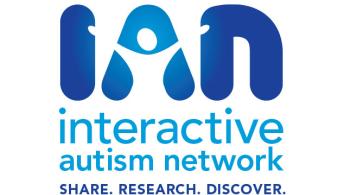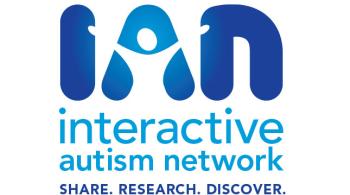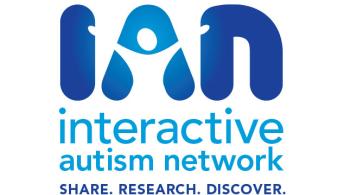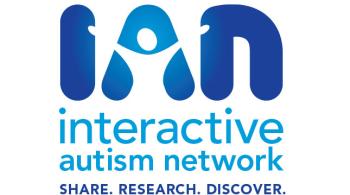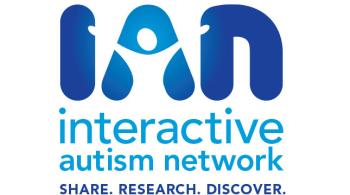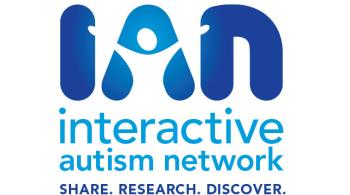"What do I do next?" This is a question that has undoubtedly been asked by every parent of a child with an autism spectrum disorder (ASD). In many cases, it comes after the "What is autism?" and "How did it happen?" Unfortunately, just as with the first two questions, the answer isn't very satisfying. Although many treatments and therapies are proposed to help, few have been studied enough to know whether they really do (or don't) work, and for which children. This reality is frustrating and confusing for families and professionals caring for children with ASD.
In this section, we explore current autism treatments, the evidence that supports their use, and what we are learning from the experience of individuals and families who have tried them.
When a child is diagnosed with an autism spectrum disorder, families face the next challenge: choosing treatments and therapies for their child. What are these treatments and therapies? How much do we know about them? How can a family best evaluate whether a treatment is working for their child?
- Behavioral Therapies: Key Interventions in ASD
- Evaluating Treatments: How Do You Know When a Treatment Really Works?
Types of Educational and Behavioral Therapies for Autism
- Treating Self-injury
- Cognitive Behavioral Therapy
- Floortime and Pivotal Response Training
- Social Skills Interventions
- Sensory Based Therapies
- Diagnosing and Treating Extreme Behavior in Children with Autism



